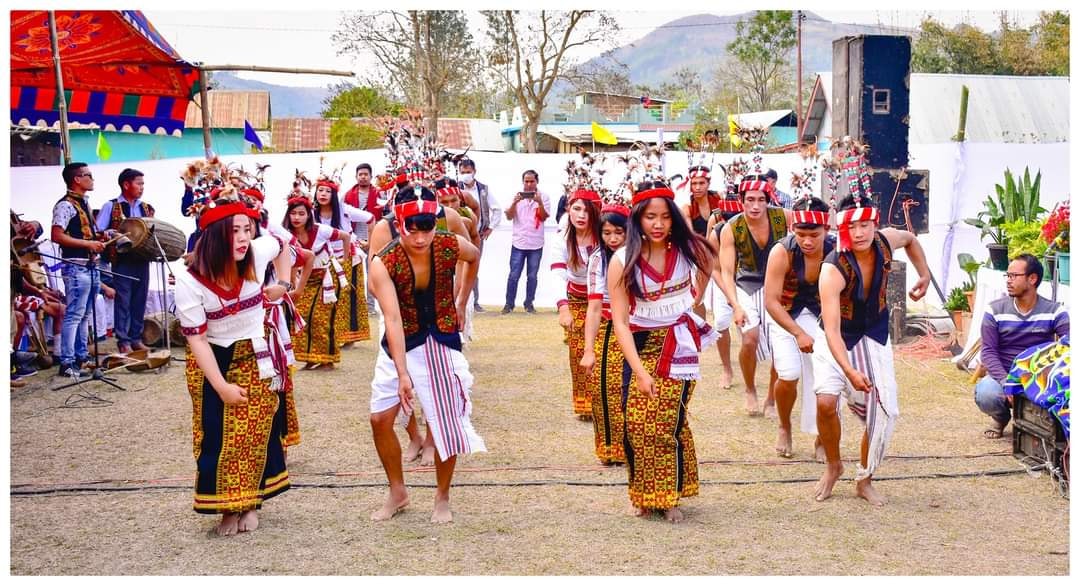Aimol tribe’s concern over its neglect
President of Aimol Tribe Union, Manipur R T Akhel expressed concern that the government has failed to take up measures for the development of the Aimol commuity.
He participated in the 2nd annual Aimol Cultural programme, organised by the Union in Manipur yesterday and stated that the cultural meet had been organised to promote the culture and tradition of the community, wanting it to be carried forward by the present and future generations.
Manipur Legislative Assembly Deputy Speaker, K Robindro, who also attended the cultural programme described the Aimol community of Manipur as one of the most marginalised communities of the state and sought collective efforts for the development of the community. He assured the gathering that the government would do everything possible for the development of the tribe.

The Aimols, one of the Scheduled Tribes of India, is found primarily in three districts of Manipur. According to an estimate of the Union, there were only 3,300 members of the community in Manipur. According to the 1981 census the population of Aimol tribe was only 1862.
The tribe does not occupy a well-defined territory and the members of the tribe have shifted their settlement from place to place in the past. Aimols prefer to live independent of any affiliation and prefer to maintain a distinctive identity of their own. Embracing all their villages they formed the Aimol Tribe union, in 1991 for promotion of solidarity and safeguarding of its identity.
The houses of the community are made of wood, bamboo and mud and have thatched roofs. Around the dwellings are sheds generally used as granary storehouse, cattle shed, and pig stall. The direction of houses is always towards the east, facing the rising sun. The present generation Aimol would prefer using modern factory products as house building materials.
The Aimol families are generally small to medium in size. They have nuclear families comprising parents and children. Men generally marry in age group of 22-27 while girls mostly marry between 16-21 years of age.
Level of education is low in the community and its main occupation is agriculture and allied activities include maintaining of cattle, pigs and fowl. Paddy cultivation is common and women also work in the paddy fields.
The community has its own method of self-governance at the local level.
Many members of the community converted to Christianity nearly a century ago.
